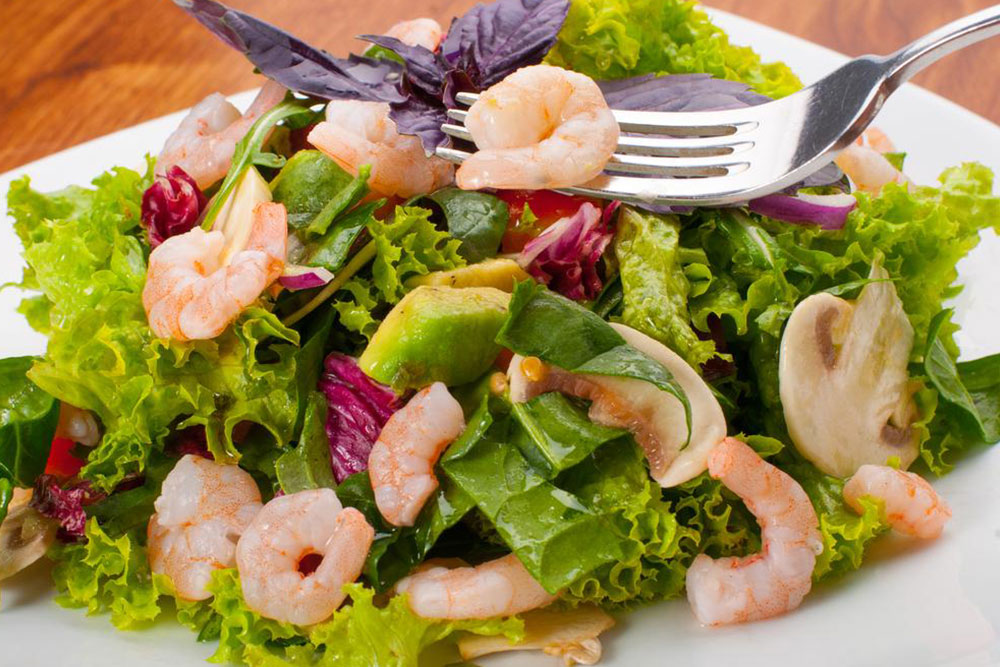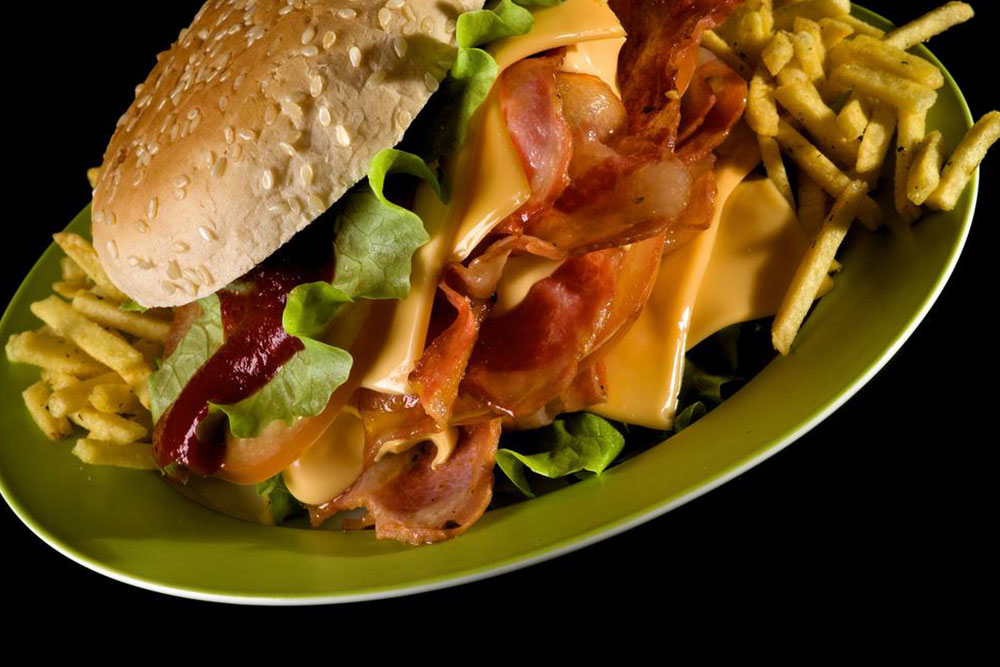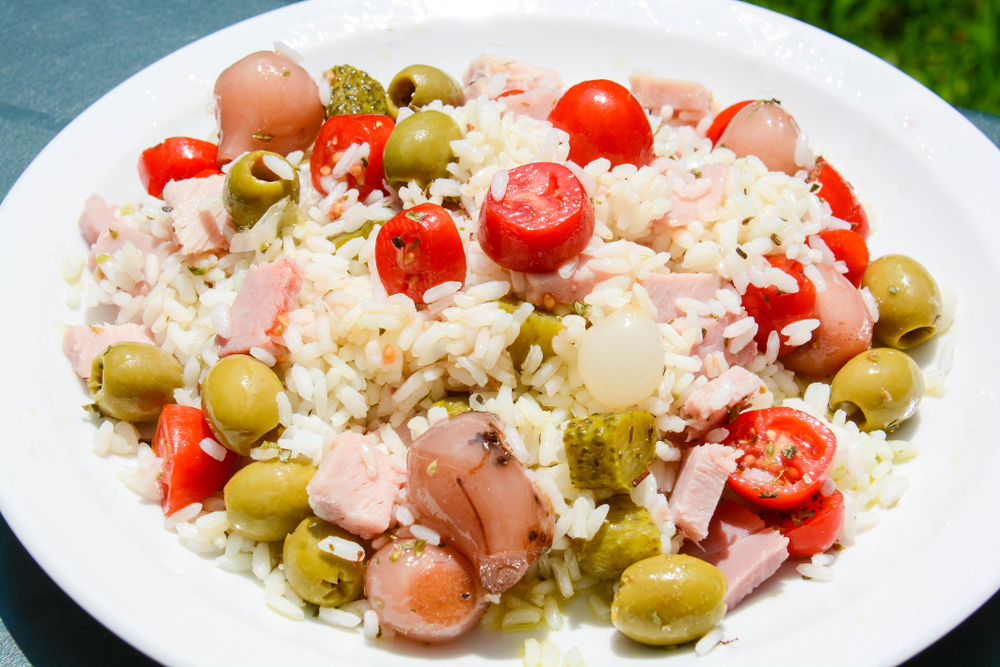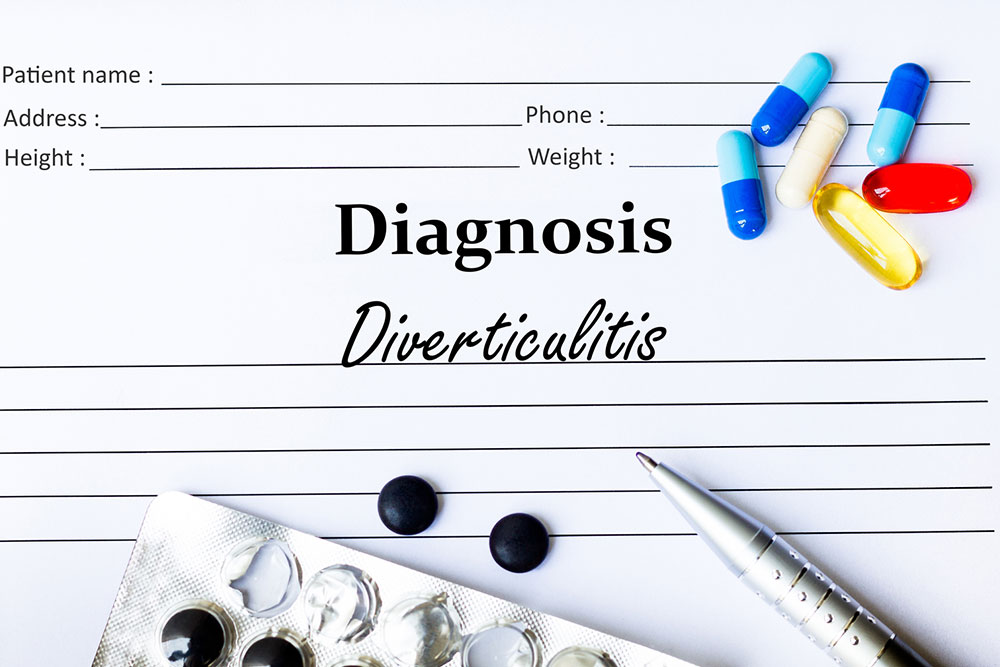Essential Guidelines for Managing Diverticulosis Through Diet
This article provides comprehensive guidance on managing diverticulosis through tailored dietary strategies. Learn about the benefits of liquid and high-fiber diets, and how lifestyle modifications can prevent recurrence. Proper nutrition, combined with medical advice, is crucial for effective management and long-term relief from diverticulitis symptoms.
Sponsored

Key Insights for a Diverticulosis-Friendly Diet
Proper nutrition is vital in reducing the pain and complications associated with diverticulitis. Besides medical treatment, adopting healthier eating habits can provide long-term relief. Although the exact cause of diverticulitis remains uncertain, studies suggest that low fiber consumption may increase risk. Dietary fiber promotes healthy digestion by aiding stool passage. A deficiency can worsen inflammation within the digestive lining, making symptoms more severe.
Depending on your symptoms' severity, your healthcare provider will recommend suitable dietary adjustments along with medication plans.
Your approach to managing diverticulosis typically involves either a liquid or a high-fiber diet. These dietary strategies not only help relieve symptoms but also support overall gut health.
Liquid Diet
When experiencing intense diverticulitis signs such as persistent abdominal pain or bleeding, your doctor may advise a liquid diet. This helps reduce stress on the digestive system. As symptoms diminish, you can gradually reintroduce low-fiber foods like broths, pureed fruits, juices, and gelatin.
Once recovery progresses, you can incorporate low-fiber options like dairy, rice, seafood, eggs, potatoes, and cereals.
High-Fiber Diet
For mild diverticulitis symptoms, a high-fiber diet encourages softer, bulking stools, easing bowel movements. Foods rich in fiber include leafy greens, apples, nuts, lentils, beans, whole grains, and prunes. After recovery, reintroduce these foods gradually, always consulting your healthcare provider before making significant changes. Maintaining a fiber-rich diet, along with lifestyle adjustments like quitting smoking, weight management, and regular exercise, can prevent future episodes. Responding promptly to bowel signals and practicing healthy bathroom habits are also essential.





